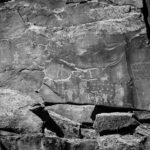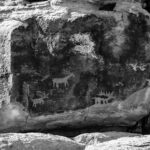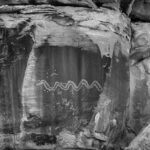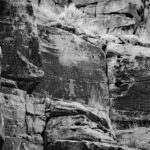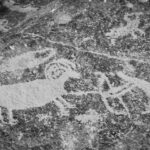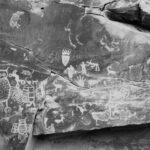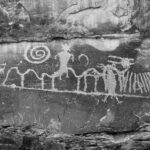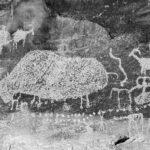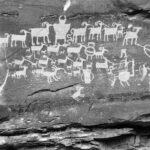The Ancient Petroglyphs of Nine Mile Canyon
Often dubbed “the world’s longest outdoor art gallery,” Nine Mile Canyon is a hidden gem in eastern Utah filled with remarkable petroglyphs – ancient art carved into the rocks and canyon walls.
While the canyon boasts beautiful colors of red rock and deep blue skies, I chose to display my images in black and white. For me, on this day, it better matched my sense of wonder at the stories etched in stone.
Here are some things to need to know before visiting:
Sheer Number of Petroglyphs: Within the 46-mile canyon, hundreds of petroglyph sites await discovery. Some are off the beaten path and difficult to find, some are on private land and so only visible only through binoculars, but even the marked ones along the main road offer a spectacular show.
Diverse Imagery: Nine Mile Canyon boasts a variety of recognizable images, from wide-eyed owls to bighorn sheep and animal claws. Some are remarkably well preserved.
Fremont Culture and Utes: The petroglyphs were left behind by the Fremont culture (A.D. 950–1250) and the Ute people. Their storytelling through art is etched into the canyon walls.
Major Sites: Visit the well-marked petroglyphs, including the magnificent Great Hunt panel. Most are accessible via signs and parking areas along the road.
Time and Exploration: If you have just a few hours, focus on the major sites. For a deeper experience, explore further into the canyon.
And as always, please Visit with Respect and Leave No Trace. Help preserve this amazing cultural treasure for generations that follow.
